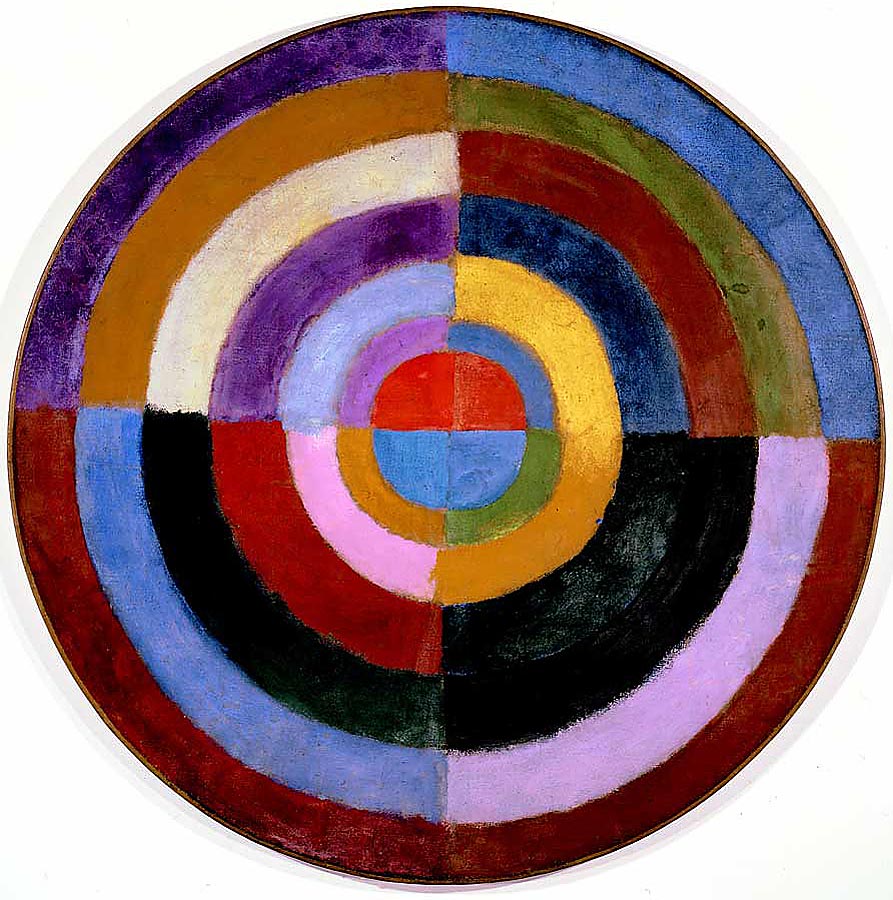
Abstract art can be an acquired taste, like martinis or anchovies. An appreciation of art that shows no recognizable subject requires patience and an open mind for those who have previously been exposed only to representational art. But like a good martini, once you come to enjoy it, an abstract art painting can made you positively giddy!
One thing that keeps some people from enjoying abstract art is that it often looks effortless. You could look at a painting by Franz Kline, for instance, and think, “Give him some black fingerpaint and my two-year-old could do that.” And your two-year-old might, indeed, turn out something similar. But if that fingerpainted masterpiece has the grace of Japanese calligraphy, if it suggests the energy of the modern city, and if it delights in tonalities of black, white and grey, it’s probably by accident.
Abstract Art Strives for Purity of Expression
If often helps, when learning to appreciate abstract art, to go back to its sources, whether historically or in the work of an individual artist. Piet Mondrian, for instance, finished his career doing rectangles of primary colors in rigid grids. He started out doing more representational work, but was always striving to reduce the image to its essence. In a transitional work such as The Gray Tree, the form has been purified almost, but not quite, into abstraction. As the art commentator Sister Wendy has pointed out, without its title, it’s an abstract painting. With the title, it is quite recognizably a tree.
Not everyone has to like abstract art, any more than it would be a failing not to like anchovies. But it would be a failing not to look at it with an open mind. Meet it on its own terms, and you may discover that it resonates for you in ways that will delight you for years to come.
Thank you for reading this article! If you have any further questions about this topic please contact us.
